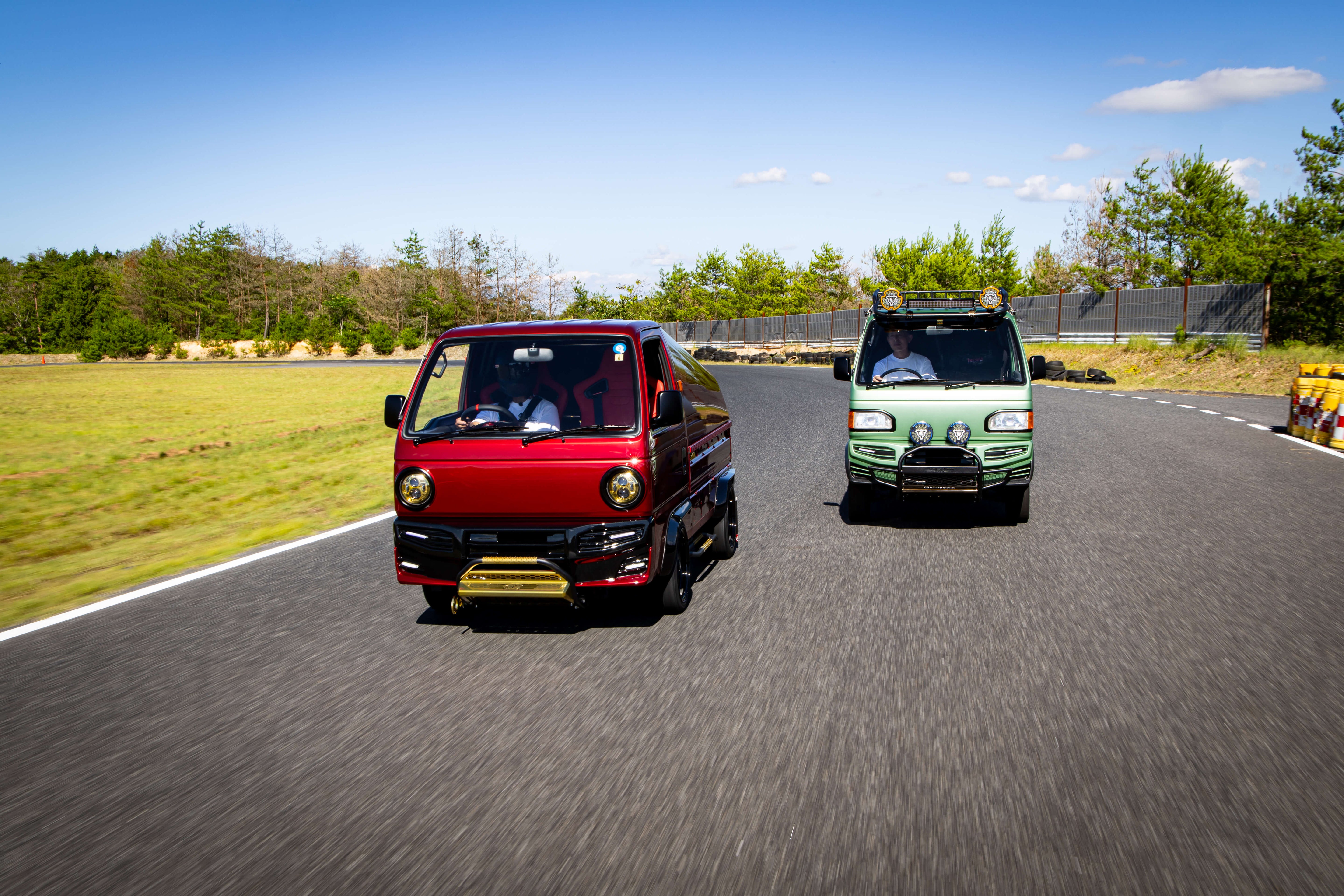Shop Suzuki Carry Parts & Accessories Now
In an Era of Automotive Innovation
In an era where automotive innovation seems to have bedazzled the senses with electric this and autonomous that, it is a rare occasion indeed when one finds oneself waxing poetic about a vehicle as unassuming as the 1991 Suzuki Carry. Yet, here we are, delving into the uncelebrated annals of vehicular history, where this diminutive workhorse has quietly plied its trade, far from the adulating crowds of motor shows and far removed from the clamorous applause of the digital age.
The Unsung Hero: 1991 Suzuki Carry
The 1991 Suzuki Carry, for those unfamiliar with its utilitarian charm, is a compact van that has been the unsung hero of small businesses and rural enterprises alike. Its inception was not heralded by grandiose advertising campaigns nor was it accompanied by sleek commercial jingles. Instead, it sauntered onto the automotive scene with a simplicity that was as refreshing as it was unremarkable.
Historical Context
Let us first examine the historical context in which this mechanical marvel emerged. The early 1990s were a time of transition, not just politically as the world witnessed the dissolution of the Soviet Union, but also technologically as the automotive industry grappled with increasing environmental regulations and the burgeoning demand for fuel efficiency. The Suzuki Carry, with its modest 660 cc engine, was a testament to the Japanese automaker’s ability to anticipate market needs with precision and pragmatism.
Practicality and Design
But what exactly made the 1991 Suzuki Carry a vehicle worthy of such retrospective admiration? First and foremost, it was its sheer practicality. The Carry was not designed to win races or turn heads; its raison d'être was to carry loads with steadfast reliability. It was a vehicle that promised no more than it could deliver—a trait that, in today's world of inflated promises and underwhelming realities, seems almost revolutionary.
Schedule Your Import Consult and Purchase Kei Trucks Direct From Japan
The design of the Carry was as spartan as one might expect from a vehicle designed for function over form. Its boxy exterior, reminiscent of a child's drawing of a van, concealed a cavernous interior that belied its compact dimensions. The Carry was a masterclass in maximizing space efficiency, providing ample room for cargo while maintaining a footprint that could navigate the narrowest of urban alleyways.
Engineering Economy
Under the hood, the Carry's engine was a marvel of engineering economy. The 3-cylinder engine, known for its durability and ease of maintenance, was not a powerhouse by any stretch of the imagination. However, it provided enough grunt to trundle along with a full load, all the while sipping fuel at a rate that would make even the most frugal of hybrid vehicles blush with envy.
Versatility and Legacy
In the realm of utility vehicles, the 1991 Suzuki Carry was a veritable Swiss army knife. From delivery van to mobile workshop, the versatility of this vehicle was limited only by the ingenuity of its owner. It was this adaptability that endeared it to a wide array of industries and individuals, each finding a unique application for its modest capabilities.
Yet, despite its myriad virtues, the Carry has largely remained in the shadows, overshadowed by flashier, more modern counterparts. Perhaps it is the fate of all utilitarian objects to be overlooked, their worth only truly appreciated in hindsight. Or perhaps it is a reflection of society's penchant for style over substance.
Conclusion
In conclusion, the 1991 Suzuki Carry stands as a testament to an era when vehicles were crafted with a singular purpose in mind. It is a reminder that sometimes, the most unremarkable things can leave the most indelible marks. As we navigate the ever-accelerating pace of technological advancement, it is worth pausing to appreciate the humble Carry—a vehicle that, despite its obscurity, has carried the weight of countless dreams and aspirations on its diminutive frame.

